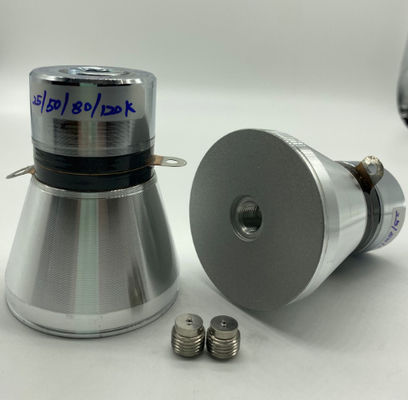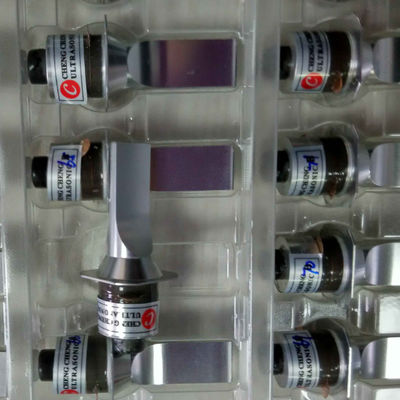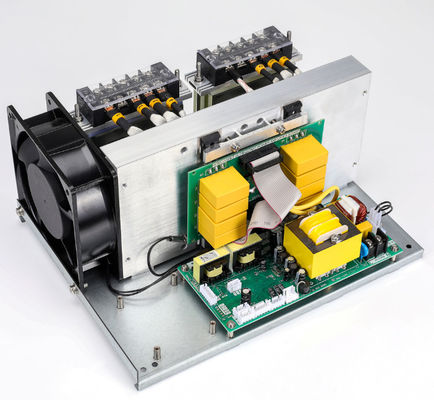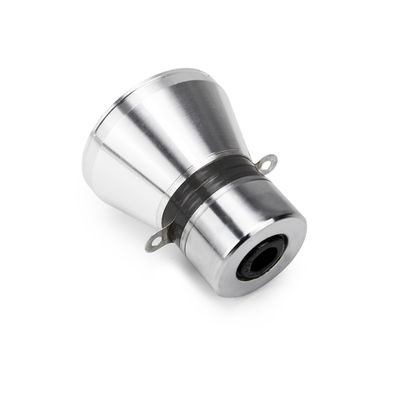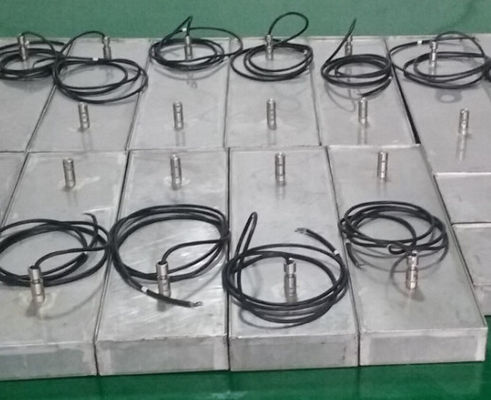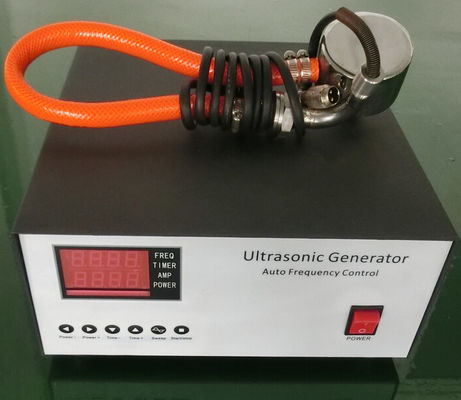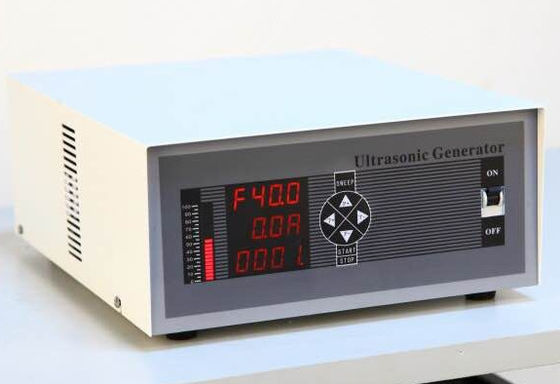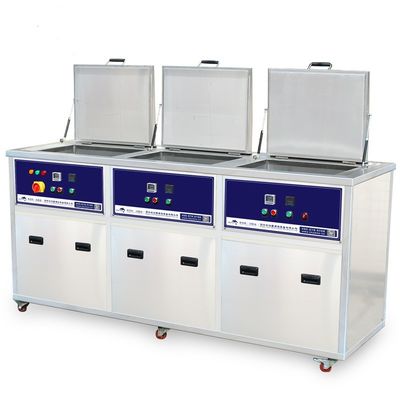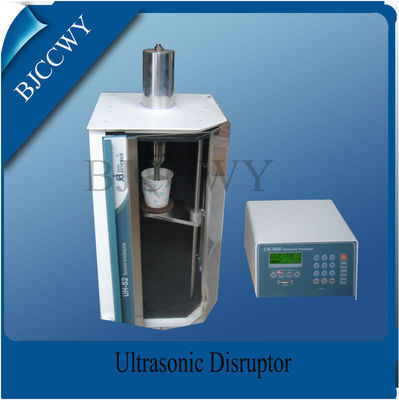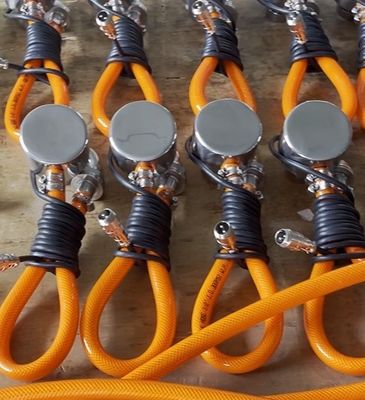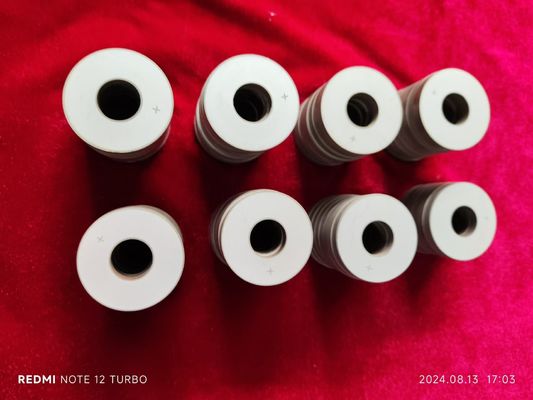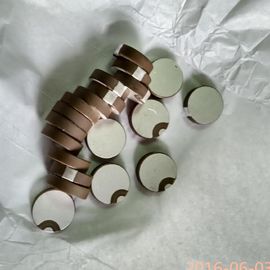FRQ
PHYSICS ANSWERS
1. Reason to the existence of piezoelectricity?
The essential unit which is a rhomboid or cubic shaped cage made up of atoms exists in some atomic lattice structures. Inside the cell, the cage is responsible for holding single semi-mobile ion that has numerous quantum position states. By applying electric field or by distorting the cage (applied strain), the ions post state will consequently shift. The basis or transformation to internal electric field shifts from mechanical strain is provided by coupling between the cage and central ion.
2. How can poling and depoling in piezoceramic materials? Be explained?
The piezoceramics should undergo high electric field for a sometime for the alignment of randomly oriented micro-dipoles in their proper formulation since the chemical composition is not simply responsible for the piezoelectric property of ceramics. This is called “poling” due to alignment resulted from application of high voltage. a “dislodging stress” is exerted on the micro-dipoles due to the application of electric field in the opposite direction if tried. There is only temporary change in polarization if low level field are applied since it bounces back on removal. There is also partly degradation of the polarization along with partial loss of properties when medium fields are applied. Polarization in opposite direction will be resulted if high fields are applied.
3. Is there a possibility of using piezoceramic actuators at cryogenic temperatures?
The answer is yes. From down to zero degrees Kelvin, allpiezo actuators continue to function even though it may appear counter-intuitive. Since electric fields cannot be changed by temperature at all and the inter-atomic electric fields are the basis for the piezoelectric effect, the most common piezoceramics does decrease due to piezo coupling as temperature drops. Most importantly the motion of most materials drops to about one-seventh of that measured at room at liquid helium temperatures.
APPLICATION ANSWER
1.The frequency limit of apiezoceramic sheet and some properties?
Usually the frequency limits of applications are ascertained through the resonances involved with the transducer design and its size and shape. For a piezoceramic sheet, there is no limit for inherent frequency. A sheet of PSI-5A material which is 2.85″ square, .0075″ thick has planar dilatation mode of about 14 KHz and of 13 MHz of thickness mode vibration in the neighborhood. Limiting factors can arise such as the resistive heating of electrodes when considerable current is gathered at large surface area parts during ultrasonic frequencies.
2.Is there any truth to piezo transducers being used as static and dynamic force sensors?
Due to charge leakage the Piezo transducers cannot be used for static force measurements. For transient force measurements they can be applied successfully for only0.1 second.
3.The expected life of piezoelectric material?
There are no tests yet that can determine the “fatigue life”. Our facility has had an operational piezo fan since 1982. Such calculations must involve voltages and mounting.
4.How does temperature effectpiezoceramic transducers?
The pyroelectric properties of piezoceramic are responsible for the appearance of voltage through the any piezo transducer electrodes due to temperature changes. Almost each and every property of piezoceramics is affected by temperature. There exists no general manner regarding it. In accordance to your experiment and calculations, the dependence must be looked upon in that context.
PIEZO TECHNOLOGY ANSWERS
1.What is the process of eliminating vibration through piezoceramics?
The process of vibration cancellation can be achieved through attaching two piezoceramic sheets to the outer surface of the object. They should be close to the point (in a beam) where undesired bending needs to be controlled.The first sheet is used to measure the strain on the surface. The data from a strain sensor is put into a smart box. This gadget controls the power amplifier which consequently drives second sheet.As a result, the mechanically induced movement from second sheet produces vibrations into the structure, which counter the other vibrations.
2.Is there a possibility of Piezo technology replacing magnetic technology anytime in the future?
The possibility of Piezo technology replacing magnetic technology is not possible. Magnetic technology is based on force without physical contact. On the other hand, Piezo technology is purely derived from forces having direct contact from bodies.For instance, Piezo actuators have the capability of making all solenoids obsolete. However, they are heavier which is why it is highly improbably that magnetic technology will be forgotten because of Piezo technology.The main interest in Piezo actuators is because of the solenoids ability to work on less powe

 Your message must be between 20-3,000 characters!
Your message must be between 20-3,000 characters! Please check your E-mail!
Please check your E-mail!  Your message must be between 20-3,000 characters!
Your message must be between 20-3,000 characters! Please check your E-mail!
Please check your E-mail! 
